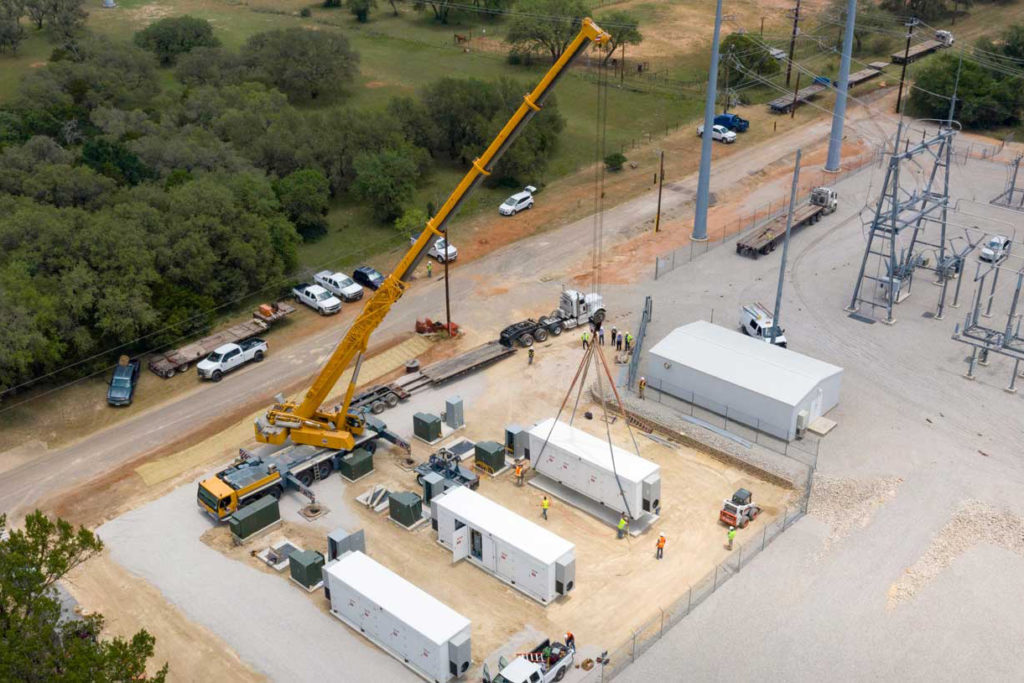
The largest electric distribution cooperative in the U.S.— in the state with the most wind power—is stepping into energy storage with a 2.25-megawatt/4.5-megawatt-hour battery system.
Pedernales Electric Cooperative in September became the first co-op in Texas to install grid-scale battery storage.
Based in Johnson City, PEC serves about 340,000 active accounts, or nearly 1 million people in central Texas. The newly installed batteries will hold enough electricity to power about 200 homes during the hottest sustained summer peaks across its mostly residential service territory.
The $3 million battery system made by Aggreko includes software that allows for the battery system to provide ancillary services for the state’s electric grid and wholesale electricity market.
PEC said over time it will determine the potential for additional battery installations and how energy storage can bolster reliability and save its members money.
“Adding new technology to our system not only helps meet the energy demands of our membership, but also supports the statewide electric grid,” said Julie C. Parsley, the co-op’s CEO. “We’re proud to be a leader in this venture.”
PEC received a grant of approximately $1.5 million from the Texas Commission on Environmental Quality in 2018 to pursue an energy storage system.
“We’re always looking for solutions to help lower costs for our members,” said David Thompson, PEC vice president of markets. “This gave us a reasonable avenue to learn more about storage technology.”
The battery system, which pulls power to charge and then pushes power to the grid, could serve as a physical hedge to PEC’s fast-growing residential load. The pandemic has also played a role in increasing load in the suburbs and vacation areas the co-op serves.
Charging the battery with low-cost wind energy can help “bring down the rates not only for our members but others in Texas,” Thompson said. “We have a lot of wind and solar—more wind than any other state in the country.”
Unlike other energy plants, the battery system does not require a turbine start nor a burning of fuel to quickly send power to the grid. “If you have a battery that can discharge exactly when needed, you can’t beat that from a reliability standpoint,” Thompson said.
Cathy Cash is a staff writer at NRECA.